dyson - modular furniture
brief
To design a project for 2035 with a focus on Generation Z needs and impacts as the target market.
Our project began with a deep understanding of users and the projected challenges of 2035. Research revealed that rising living costs and environmental concerns are key factors shaping Gen Z lifestyles, marked by smaller living spaces and more intentional purchasing decisions, driven by high rent, product prices, and employment uncertainty.
“Gen Zers are “overeducated and underemployed,” and amid a tough white-collar labor market, unemployment for new entrants was up over 9% year over year in February.”
“If average house prices continue to rise as they have been doing, the average property will tip over the £300,000 mark in 2035, far exceeding the average wage of UK workers.”
““The 2020 Preferred Fiber and Materials Market Report reveals that the global fiber production has doubled in the last 20 years, reaching an all-time high of 111 million metric tons in 2019, and pre-COVID-19 results indicated potential growth to 146 million metric tons by 2030.””
Our product tackles future cost-of-living challenges with modular furniture that adapts and grows with users over time. Inspired by LEGO, it empowers customers to customize and reconfigure pieces to suit changing spaces, tastes, and lifestyles.
The furniture consists of five interlocking parts, connected through a universal metallic slot system compatible across the entire range. This modular design ensures flexibility, allowing users to easily adapt, expand, or reconfigure their furniture as their needs evolve.
To address environmental concerns, we drew inspiration from IKEA—known for affordable, reliable, and distinctive design. Our product uses chipboard, recycled textiles, and aluminum—materials chosen for their recyclability and low environmental impact, especially considering textiles’ significant role in global waste.
To further reduce waste, our product embraces a circular economy model. Damaged goods and materials are kept in-house, enabling the company and manufacturers—not the customers—to manage waste responsibly. Additionally, customers can return or resell used items, ensuring products stay in circulation rather than ending up in landfills.
Throughout this project, I’ve learned how to take an idea from sketch to rendered concept, culminating in a pitch presented to Dyson. I developed storytelling skills to communicate our vision clearly, helping others see the potential we envisioned.
In Product Design, I gained experience in extracting insights from a brief, identifying future market needs, and spotting potential gaps. I also explored the feasibility of our concept—contacting manufacturers, obtaining quotes, and refining the design for manufacturability. This included using Adobe software like Dimension to create realistic visuals without material waste.
Leading the team pushed me to grow as a collaborator and decision-maker. I learned how to listen, delegate, and leverage each member’s strengths to drive the project forward effectively.



